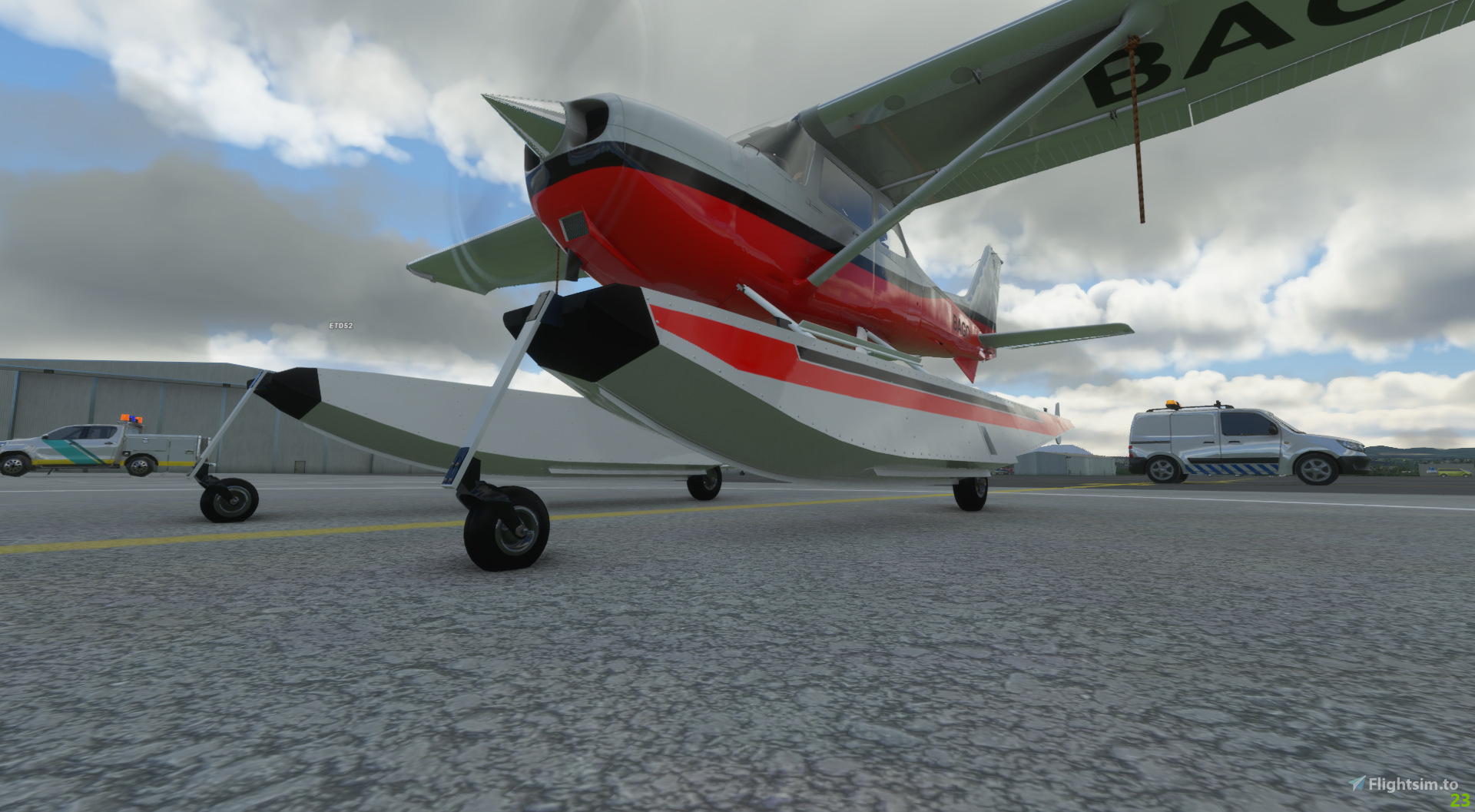

The results show that the main rotor has the dominant effects on both the heave and roll handling qualities, the airframe has the primary effect on the pitch handling quality, and the tail rotor has an important effect on the yaw handling quality. A quantitative index is developed to study the impact of turbulence on helicopter handling qualities by analyzing the effects of different aerodynamic surfaces on helicopter response to turbulence. element turbulence model on the vertical axis within the interested frequency range for handling-quality analysis. Both helicopter flight dynamic model and turbulence model are validated against the flight test data, which shows that the proposed model improves the accuracy of the simulation of rotor blade. The impacts of different aerodynamic surfaces on handling qualities with helicopter in turbulence are analyzed. Read moreĪ distributed atmospheric turbulence model is developed for helicopter flight simulation.
CESSNA 172 FLIGHT SIMULATOR SIMULATOR
As a result, the system identification technique derived databases were used to augment and validate more extensive wind-tunnel data for use in flight simulator models. The system identification techniques are significant because they are the main source of the dynamic derivatives. The flight data were not sufficient to determine comprehensively the aircraft’s characteristics across the envelope in all dependent variable dimensions. Although extensive flight test programs were carried out, it was found that substantial ground-based estimation was also required to provide adequate angle of attack variation and insight into various phenomena such as power effects.

The techniques used included both equation and output error techniques. 9/A aircraft, with strong power effects was examined. In the second case, a conventional turboprop trainer, the PC. Two cases are examined, the first being the F-111C, in which the adaptive flight control system can mask the aircraft damped responses, thus making system identification difficult. Read moreĪn overview of some past and recent uses of system identification techniques to generate flight dynamic model databases for flight simulators is presented. the visual and vestibular motion cues, and the flight dynamics model, aimed at defining and establishing simulation fidelity requirements that are needed to inform the “real-world” clearance trials.
CESSNA 172 FLIGHT SIMULATOR OFFLINE
Development and use of modelling and simulation tools, such as Virtual AirDyn and SIMSHOL for offline ship-helicopter operational analysis.ī) Structured examination and optimization of modelling and simulation elements integrated into the helicopter-ship dynamic interface simulation environment, i.e. will cover the recent developments carried out in two longer-term projects initiated in 2016 at the UoL, aimed at following objectives:Ī) Preparation and analysis for high-fidelity flight simulations which includes computation and modelling of airflow around naval ships, modelling of ship motion and their integration into the flight simulation loop. The research to be presented in the conference. The Flight Science and Technology research group at the University of Liverpool (UoL) has been at the forefront of the academic research to develop high-fidelity helicopter-ship simulation environments since 2003, including efforts to quantify the overall fidelity of rotorcraft simulators for use in design, development, training and qualification.


 0 kommentar(er)
0 kommentar(er)
